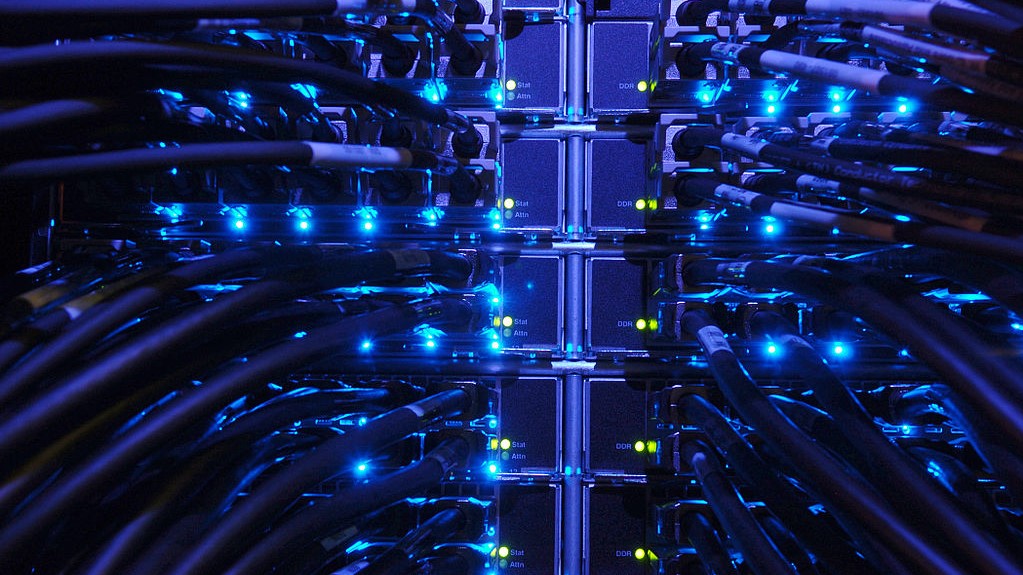High-performance scientific computing and AI
In this research area we develop algorithms and methods for solving complex physics problems using state-of-the-art scientific computing resources. This research area is shared across multiple themes within the School such as Particle Physics and theoretical physics.

A large and common thread for many of the activities across the astrophysics groups is the use of high-performance scientific computing. This includes the development of novel algorithms and computational methods to solve complex physics, or process incredibly large datasets using machine learning or AI.
Data Intensive Astronomy
Current and future instruments will deliver unprecedented amounts of data crucial for a broad range of astrophysical questions. Our focus is on the optimal exploitation of these new datasets, both in terms of developing new methods and by pursuing scientific questions in the area of galaxy evolution. We are harnessing data from current cutting-edge facilities listed in Observational Astrophysics.
Hyper-performance computing
We use high-performance computing in a wide range of ways to simulate, classify, and improve our understanding of astrophysical phenomena. Here are just a few ways we employ high-performance computers in astrophysics at Bristol.
- Complex simulations of planetary collisional dynamics with N-body and SPH (Smooth Partical Hydrodynamics) codes.
- Sophisticated multi-dimensional atmospheric simulations to assess the dynamical and chemical evolution of exoplanets and solar system worlds.
- Developing and adapting marchine learning methods to better clean observtional datasets of contaminating objects such as background stars or galaxies in JWST NIRISS spectroscopic observations of exoplanet host stars.
- Using machine-learning methods for source classification (star, galaxy, AGN, QSO separation), and photometric redshift estimation assessing the impact of active galactic nuclei (AGN) in galaxy evolution and investigating the impact of the large scale structure model the AGN using machine-learning models.
- Using Bayesian inference modelling to assess exoplanet spectra and interpret spectral features in retrieval and forward model frameworks to measure chemical abundances.
- Model the disk around a black hole to understand the disk response to variable X-ray sources located above the disk (e.g., perhaps in a corona, or the base of an outflowing jet)
AI methods
We develop methods that unlock the exploitation of very large datasets (e.g. from Euclid, JWST) searching for rare objects, improve the data quality, and also speed up computations that would otherwise be unfeasible. Our expertise spans across supervised and unsupervised methods, and we have hosted a number of workshops on the topic. For example, we have created classification methods to disentangle the different types of objects (stars, galaxies, AGN, QSO), leading to improvent in the photometric redshifts of galaxies. We have also pioneered detection methods to identify AGN on a single image using generative models.
